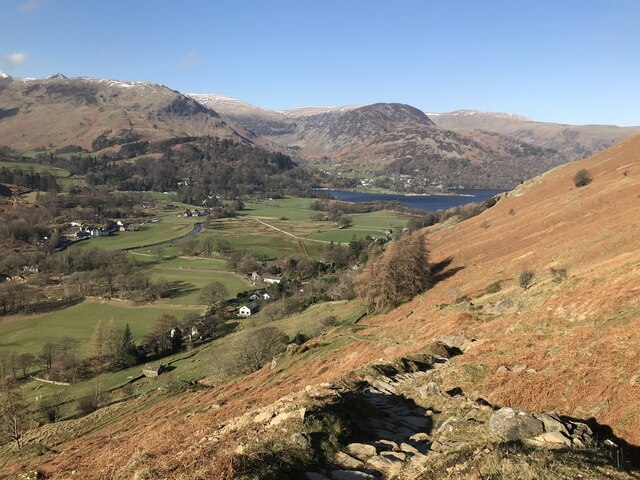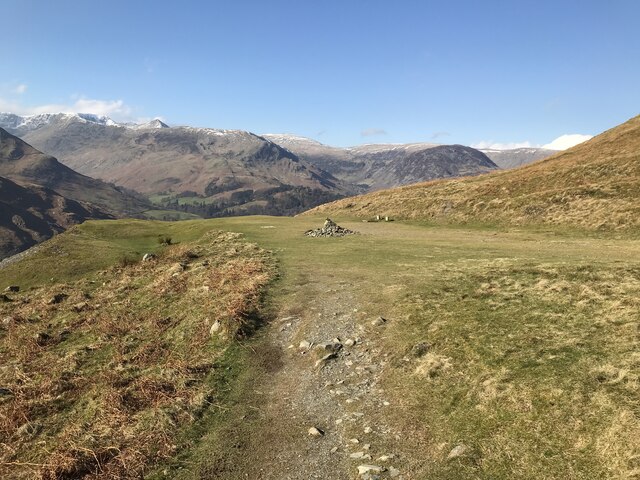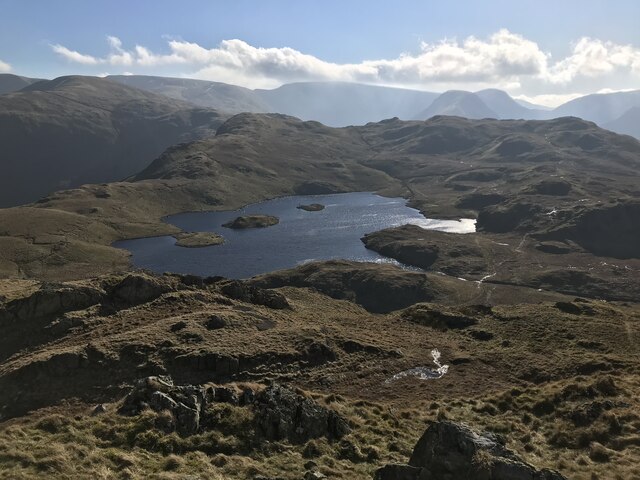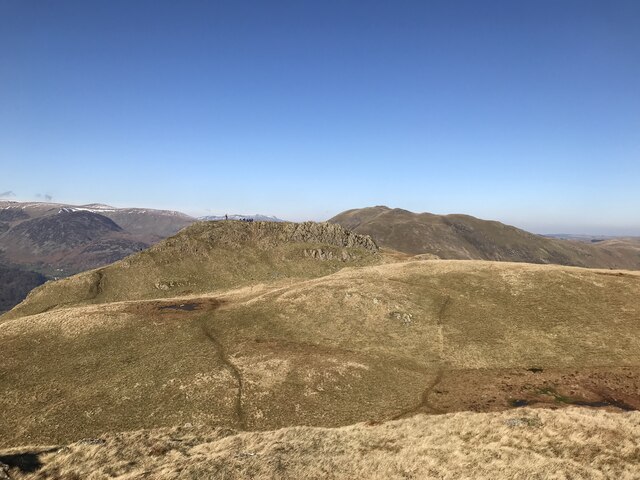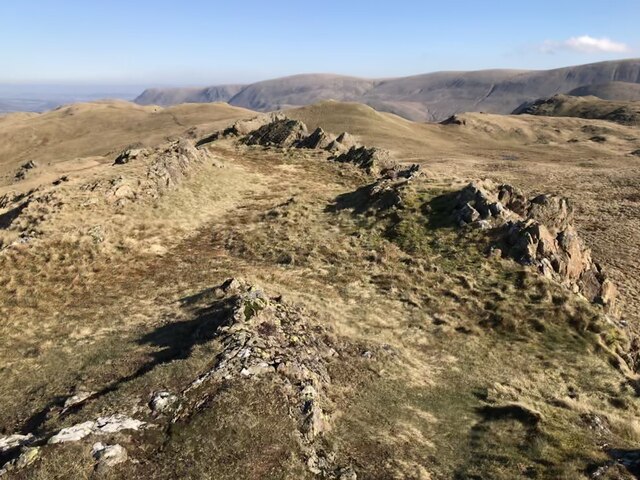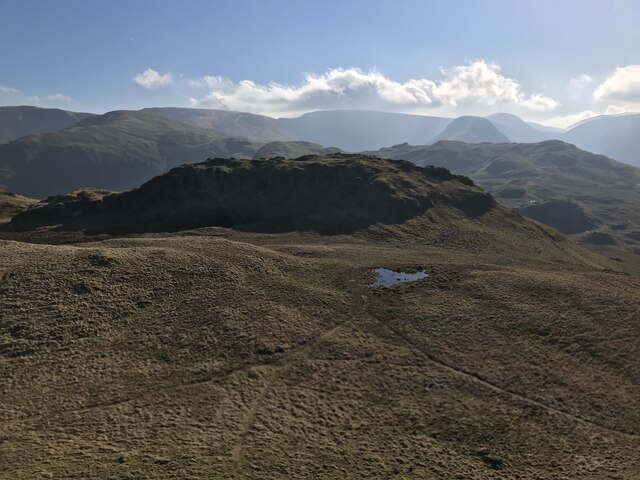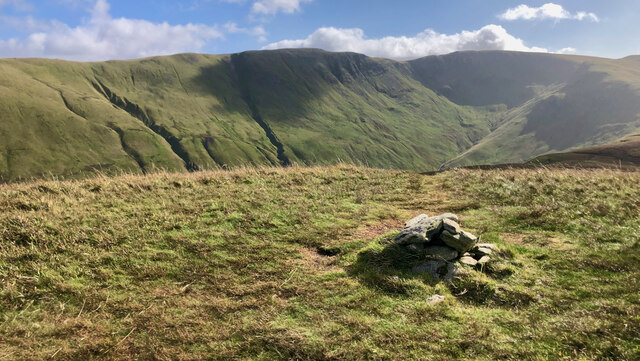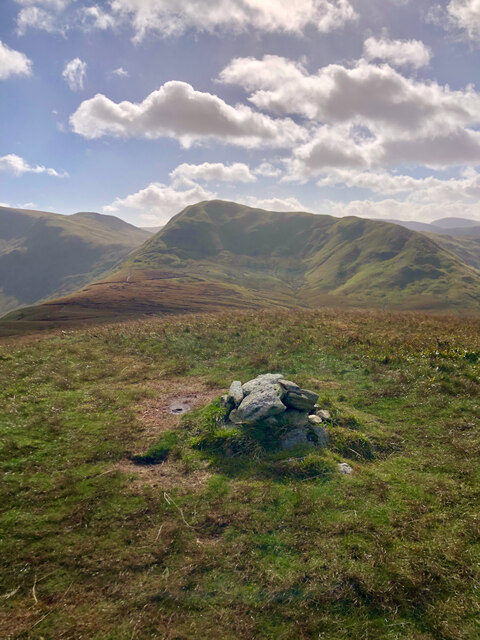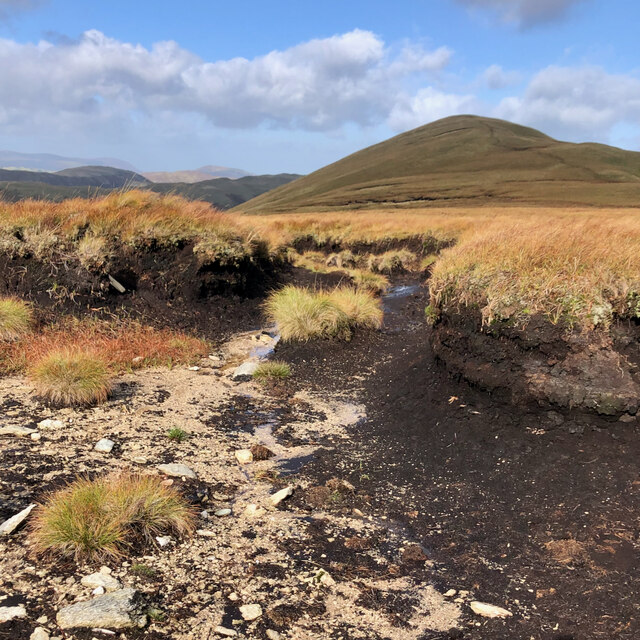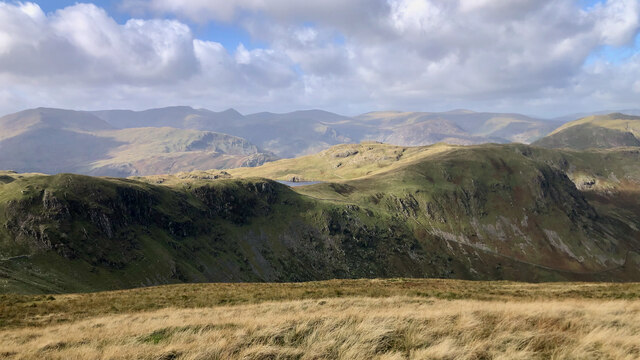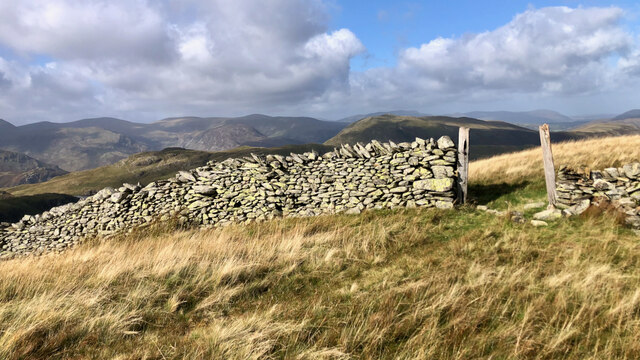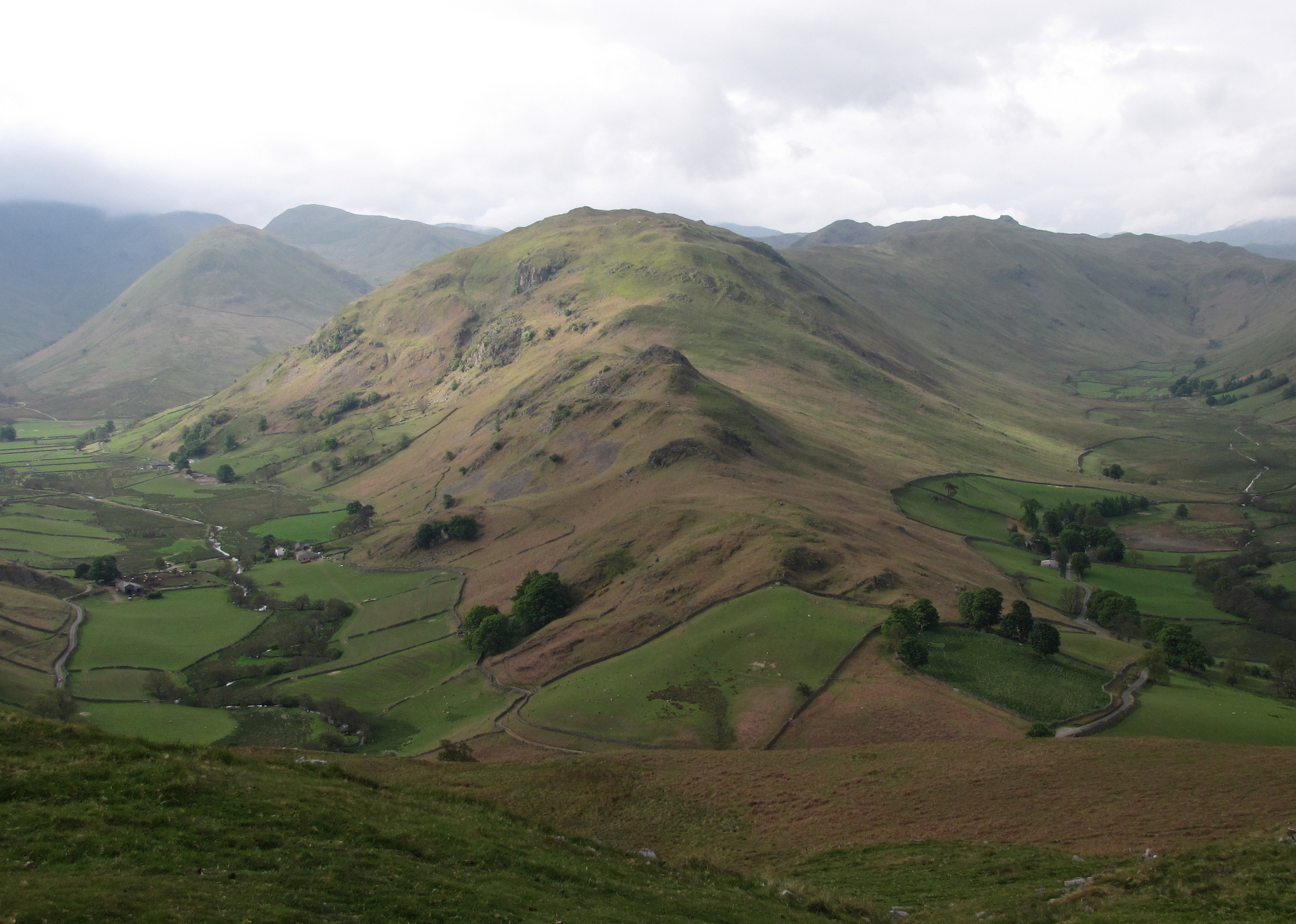Heck Crag
Hill, Mountain in Westmorland Eden
England
Heck Crag
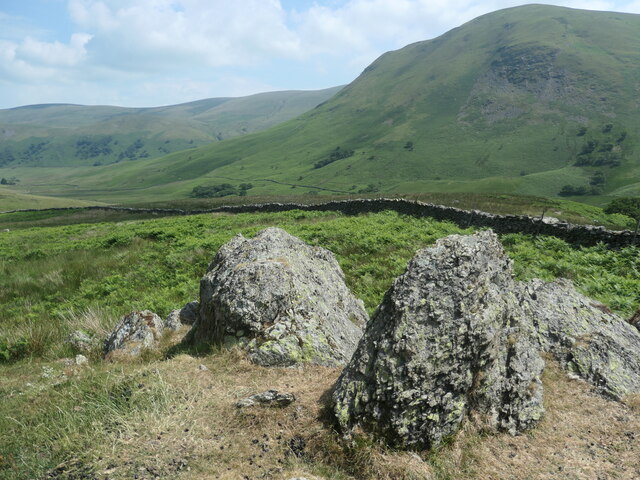
Heck Crag is a prominent hill/mountain located in Westmorland, a historic county in the northwestern region of England. It forms part of the stunning landscape of the Lake District National Park, which is renowned for its natural beauty and picturesque scenery. Rising to an elevation of approximately 535 meters (1,755 feet), Heck Crag offers breathtaking panoramic views of the surrounding valleys, lakes, and rolling hills.
This hill/mountain is characterized by its rugged and rocky terrain, with steep slopes that challenge even the most experienced hikers and mountaineers. Its distinctive craggy features make it a popular destination for rock climbers seeking a thrilling ascent. Heck Crag is home to a variety of wildlife, including birds of prey such as buzzards and kestrels, which can often be spotted soaring above its slopes.
The hill/mountain is easily accessible from several walking trails and footpaths that wind through the surrounding countryside. These routes allow visitors to admire the area's diverse flora and fauna as they make their way to the summit. The nearby village of Westmorland provides a convenient starting point for those wishing to embark on an adventure to Heck Crag.
Whether you are an avid mountaineer seeking a challenging climb or simply a nature enthusiast hoping to immerse yourself in the breathtaking beauty of the Lake District, Heck Crag is a must-visit destination. Its rugged charm and awe-inspiring vistas provide an unforgettable experience for all who venture to its summit.
If you have any feedback on the listing, please let us know in the comments section below.
Heck Crag Images
Images are sourced within 2km of 54.526514/-2.9001742 or Grid Reference NY4114. Thanks to Geograph Open Source API. All images are credited.
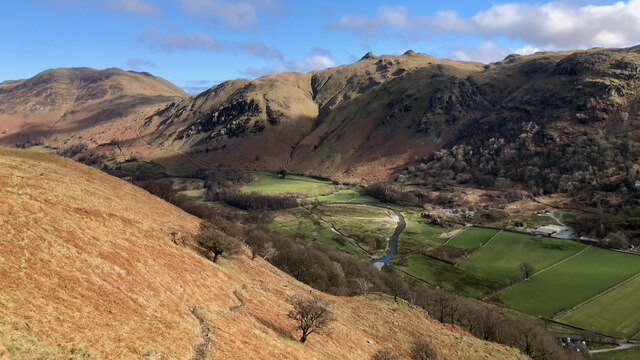
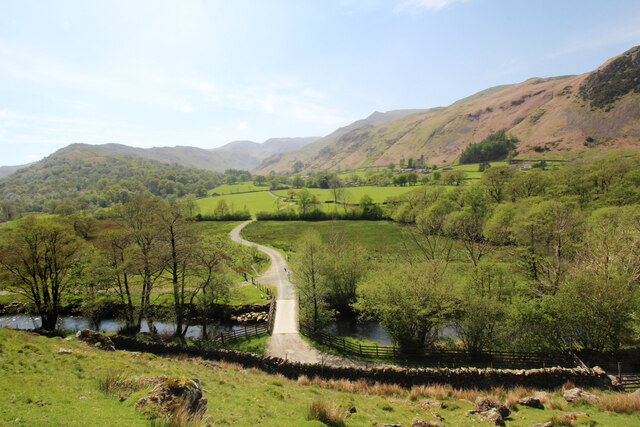
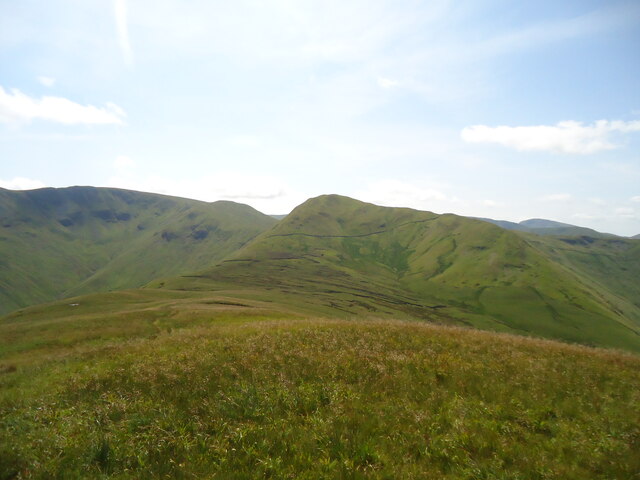
Heck Crag is located at Grid Ref: NY4114 (Lat: 54.526514, Lng: -2.9001742)
Administrative County: Cumbria
District: Eden
Police Authority: Cumbria
What 3 Words
///consoled.mascot.splash. Near Ambleside, Cumbria
Nearby Locations
Related Wikis
Angletarn Pikes
Angletarn Pikes is a fell in the English Lake District near the village of Patterdale. Its most notable feature is Angle Tarn from which it derives its...
Angle Tarn (Patterdale)
Angle Tarn is a tarn in Cumbria, England, within the Lake District National Park, about a mile north-east of Hartsop. Located at an altitude of 479 m...
Brock Crags
Brock Crags is a fell in the English Lake District, standing above Hartsop in the Far Eastern Fells. It forms part of the perimeter of Martindale, lying...
The Nab
The Nab is a fell in the English Lake District. It has a moderate height of 576 metres (1,890 feet), and lies in the quieter eastern high ground between...
Rest Dodd
Rest Dodd is a fell in the English Lake District. It is situated in the quieter far eastern region of the national park and reaches a height of 696 metres...
Hartsop
Hartsop is a small village in the English Lake District. It lies in the Patterdale valley, near Brothers Water, Hayeswater and Kirkstone Pass. It consists...
Beda Fell
Beda Fell is a fell in the English Lake District, situated to the south of Ullswater. It divides the valleys of Boredale and Bannerdale within the Martindale...
Patterdale
Patterdale (Saint Patrick's Dale) is a small village and civil parish in the eastern part of the English Lake District in the Eden District of Cumbria...
Nearby Amenities
Located within 500m of 54.526514,-2.9001742Have you been to Heck Crag?
Leave your review of Heck Crag below (or comments, questions and feedback).
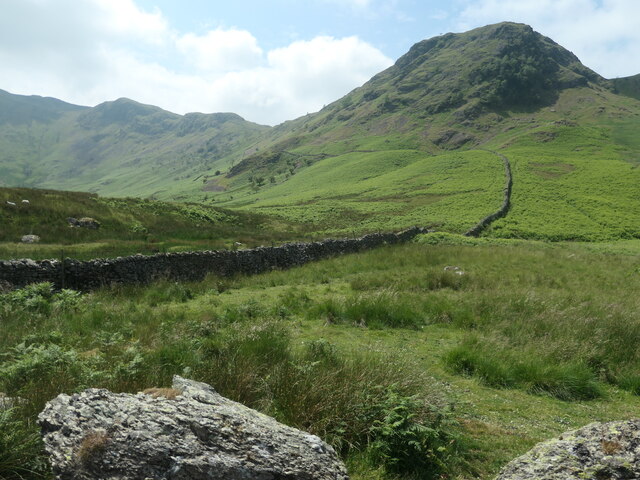
![Red deer, below Bedafell Knott, Bannerdale 300 metres away, but well aware of me. Red deer are more usually seen on the east [Nab] side of Bannerdale.](https://s3.geograph.org.uk/geophotos/06/91/67/6916723_c7298698.jpg)
![Access track to a field barn, Bannerdale The barn [but not the tree it is under!] is shown on the large-scale OS map surveyed in 1860.](https://s0.geograph.org.uk/geophotos/06/91/67/6916732_3f56a941.jpg)
